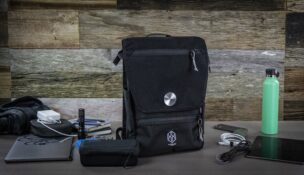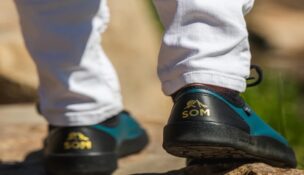CHIEF ENGINEER FOR CIVIL + COMMERCIAL BUSINESSES | BALL AEROSPACE
SPACECRAFT PROGRAM
Chip Barnes works with NASA, NOAA and commercial customers. He supports ongoing programs through independent design review, provides expertise to solve problems and supports new business development.
INVENTION
A new technology measures the winds around the globe from space using a laser-based sensor. The team has been developing the technology, called Optical Autocovariance Wind Lidar (OAWL), for close to a decade.
“It’s a little hard to believe, but wind measurements are actually difficult to collect and feed into the operational weather models that the forecasters use to tell us what the weather is going to be,” Barnes says. “At the same time it is one of the most critical measurements to help predict what is going to happen where.”
INSPIRATION
As a child Barnes was fascinated by the Apollo spaceflight program and the televised moon landings. “My mom says I used to draw rockets instead of people,” he says. “They were a little worried, but I think it turned out OK.”
Later he was inspired by the organization and technical prowess of Kelly Johnson of the famed Lockheed Skunk Works research and development division. “I'm continually inspired by the search for life outside of our Earth,” Barnes says.
Today, Lockheed and Ball collaborate frequently.
WORK ENVIRONMENT
Barnes oversees eight employees. “Our work environment is great,” he says. “I find it very inclusive and fun.
TECH TREND TO WATCH
Photonic integrated circuits are used widely today in fiber optic communication systems and have applications across a broad spectrum of areas including biomedical and optical computing. “The telecom industry has developed quite a capability for their specific applications, and being able to leverage this for other future applications will allow integrated capabilities in smaller systems to do amazing things,” he says.




























